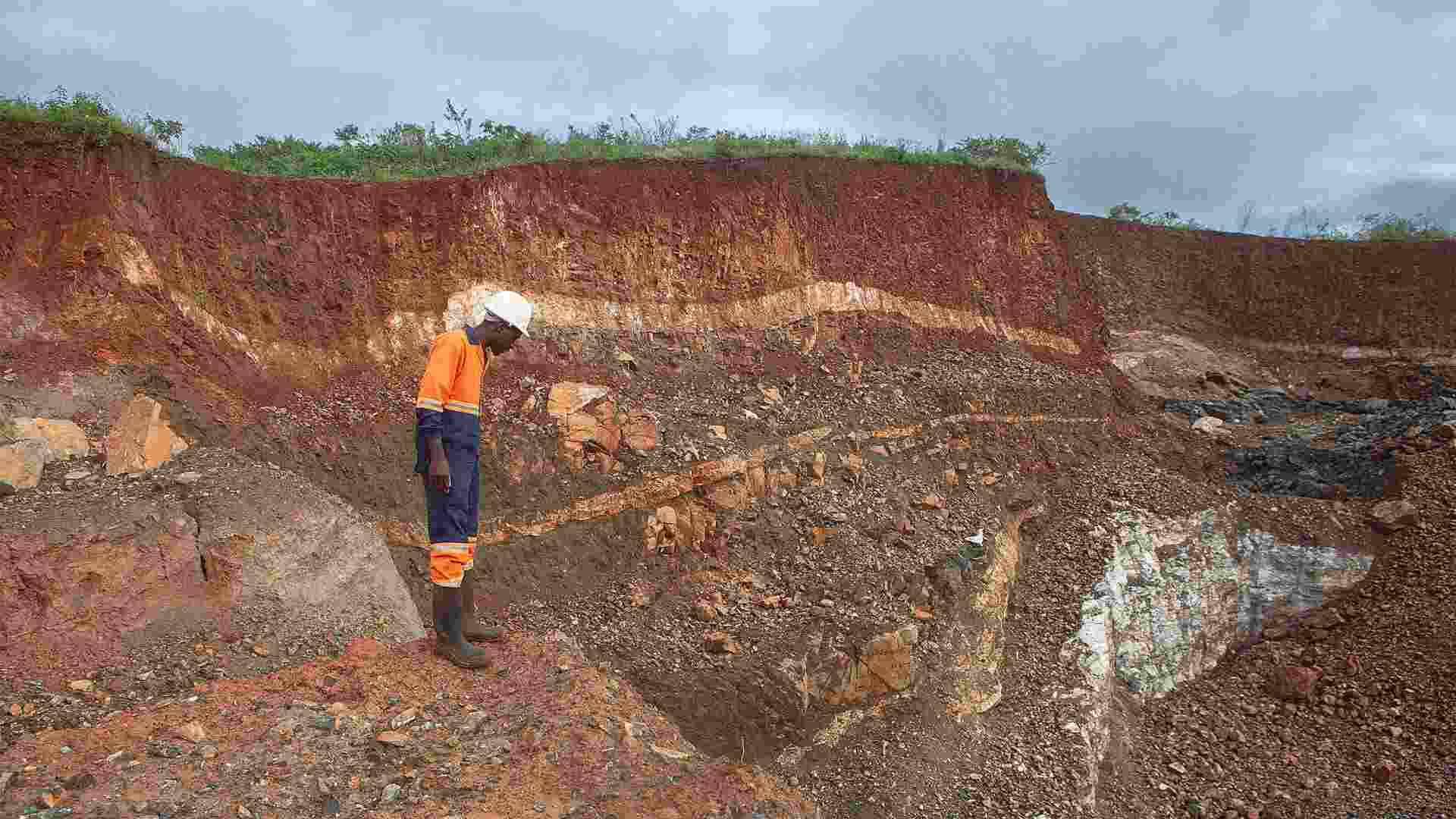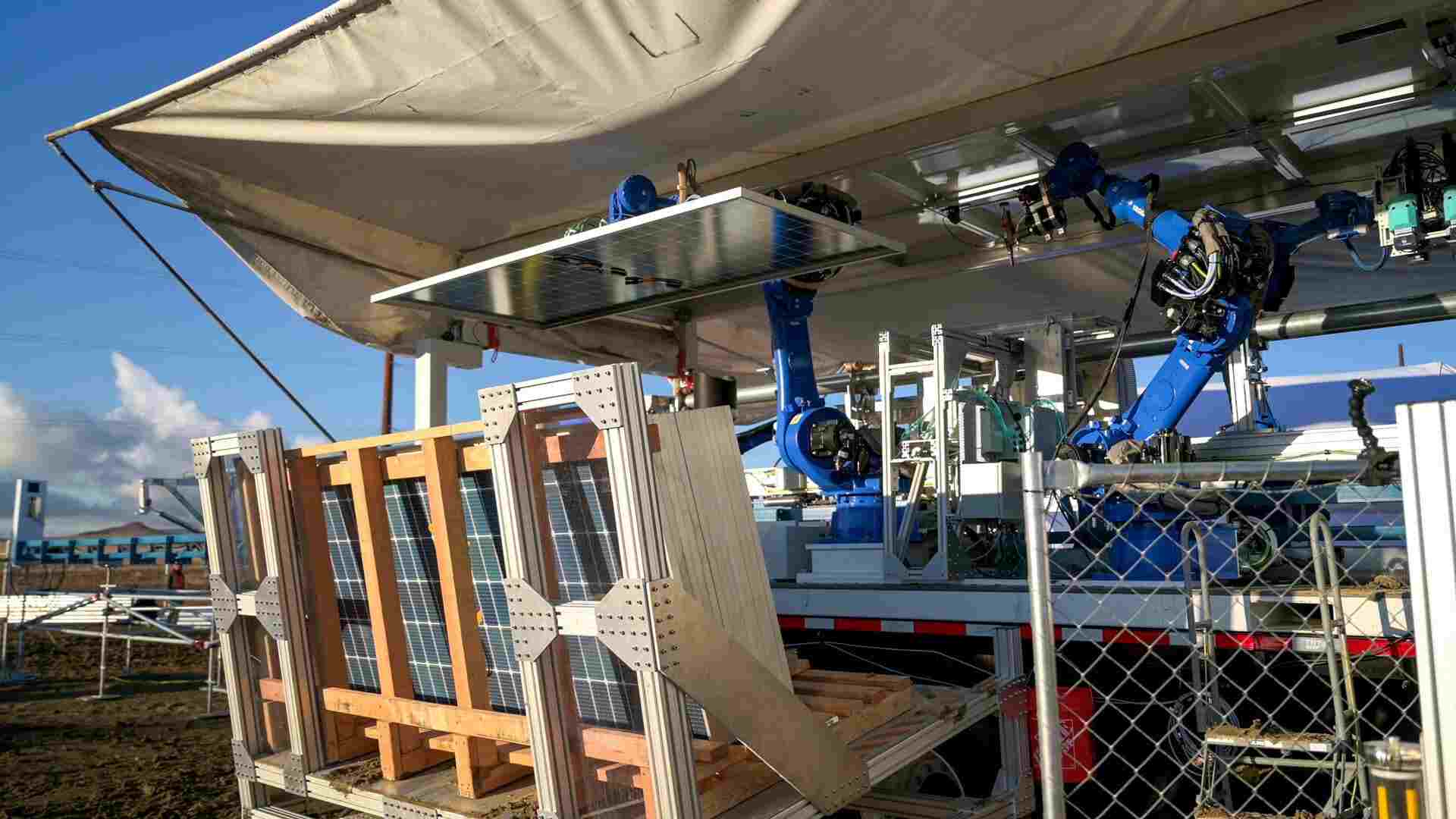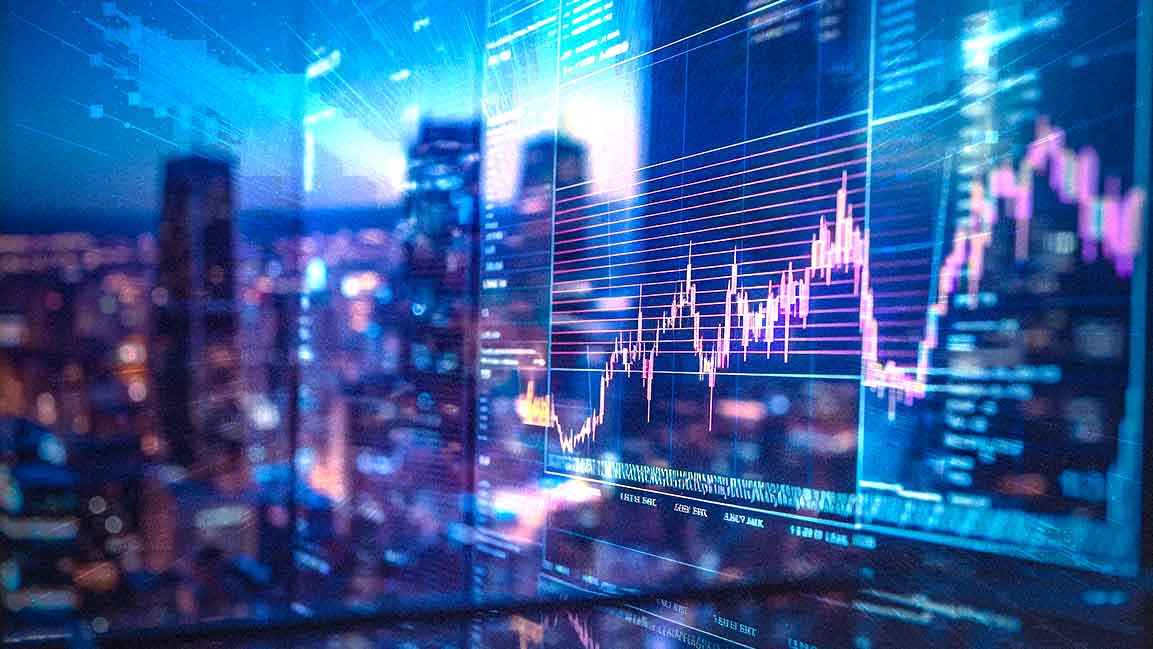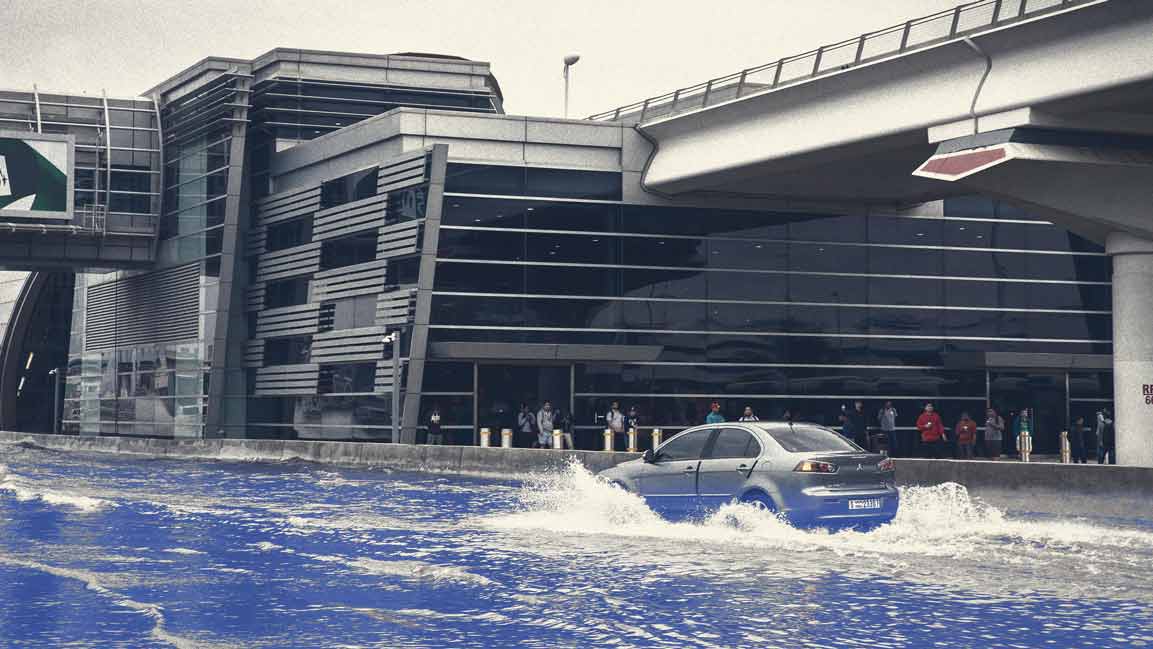- | 9:00 am
Can the crisis in Europe trigger a surge in demand for clean hydrogen fuel from the Middle East?
Europe is planning to phase out imports of Russian crude oil in response to Russia’s invasion of Ukraine. This could create an opportunity for Saudi Arabia and the UAE to market hydrogen fuel.

The mention of clean energy makes one think about rows of dark solar panels lined up in the desert lit up by the sun. At the most, one may think of giant wind turbines and electric vehicles at charging points. But can the sun, along with all the wind’s force, satisfy the rising energy demand?
Middle Eastern economies such as Saudi Arabia and UAE have largely been major oil suppliers. But the past decade saw them break this mold, to diversify. Even then, the Gulf’s role in a world shifting away from fossil fuels triggers speculation.
To prepare for a green future, Saudi Arabia has started experimenting with carbon capture for clean energy. The kingdom is already shipping blue ammonia to Japan and may begin a cycle of sustainability with fossil fuels.
Two years since the start of the pandemic, Russia’s invasion of Ukraine has plunged us into another crisis, unleashing major economic damages in Europe, and worldwide. European Union (EU) leaders want to bolster economic resilience and reduce their energy imports from Russia. Russia is being hit by sanctions, to cut one of the largest income streams for its economy for its aggression against Ukraine.
Could this war energize Europe’s transition from fossil fuels? According to experts, the crisis has the potential to accelerate Europe’s trend toward clean fuels, and Saudi Arabia and the UAE could be major players in facilitating faster clean energy adoption.
Germany was aiming to go 100% emission-free by 2040, and now it has blocked Russia’s Nord Stream 2 pipeline. In case it speeds up the journey towards clean fuel due to war, how will it sustain the energy demand? Can European nations set up renewable power plants fast enough to replace Russia’s fuel supply?
Turning to existing resources such as green hydrogen, blue hydrogen and blue ammonia holds the key. Where does oil giant Saudi Arabia stand? The kingdom is setting up one of the world’s largest green hydrogen plants.
A SPECTRUM OF CLEAN OPTIONS
The search for sustainability has even prompted the UAE to create energy from garbage. Apart from green hydrogen, blue ammonia and blue hydrogen are clean fuels extracted by capturing carbon. There’s also green ammonia which is created when nitrogen from air and hydrogen from water meet.
Saudi Arabia is using a $110 billion gas reserve to generate blue hydrogen, while the UAE is seeking investors to produce the same fuel. To keep up with Saudi Arabia’s blue ammonia exports, Abu Dhabi’s ADNOC, which already produces 300,000 tons of hydrogen annually, is setting up a facility to market blue ammonia to the world.
The carbon dioxide created as a byproduct of blue hydrogen is being captured and stored underground. This will be converted into plastic and concrete to be used for green construction.
TAKING AN EDGE IN THE ENERGY MARKET
In March 2020, the oil price war between Russia and Saudi Arabia triggered a 65% quarterly drop in global rates. The deadlock came to an end when both countries agreed to cut down their production. Since then Saudi Arabia has scaled up oil exports to Europe, and even to Russia’s neighbor Poland.
But oil is on its way out, and even British Petroleum stated that there won’t be significant growth in oil demand. So does the present Russia-Ukraine war create dual opportunities for Saudi Arabia?
While the kingdom supplies fossil fuels to European nations to end dependence on Russia’s oil and gas, it can, at the same time, provide green hydrogen and blue ammonia, to provide cleaner alternatives. Hydrogen will account for a quarter of the energy demand in Europe by 2050. Through this market, Saudi Arabia and the UAE can become dominant global hydrogen fuel suppliers.
The UAE is catching up with Saudi Arabia to generate clean energy. It has seven projects in the pipeline and is eyeing a 25% share of the hydrogen market by 2030. A specialist in Abu Dhabi’s department of energy has also mentioned China and South Korea as potential customers.
Middle Eastern economies had started clean fuel generation a couple of years back, with a plan to export it globally. But Russia’s invasion of Ukraine has forced Europe to end its reliance on Russia and fossil fuels. The UAE and Saudi Arabia’s investment in sustainable tech may finally pay off as Europe doubles down on clean fuels.






































